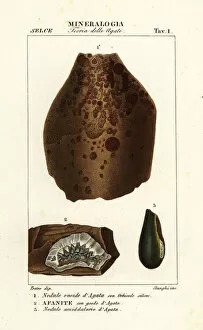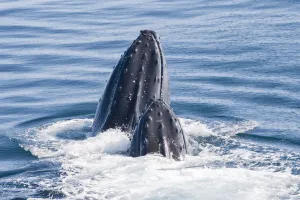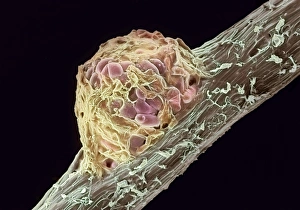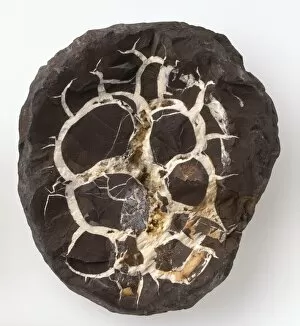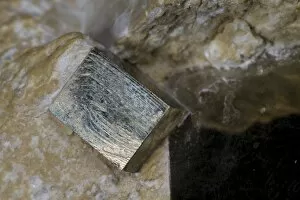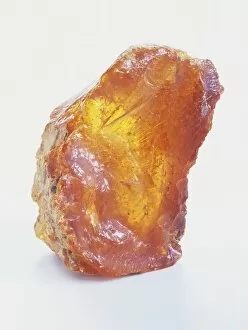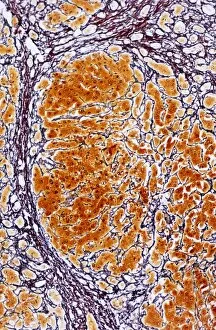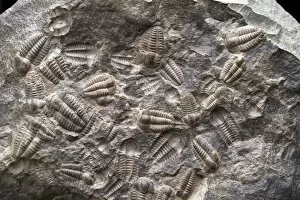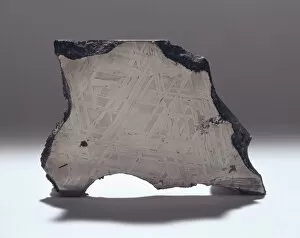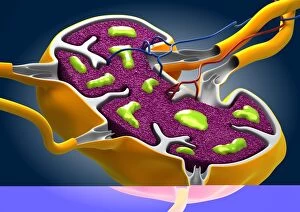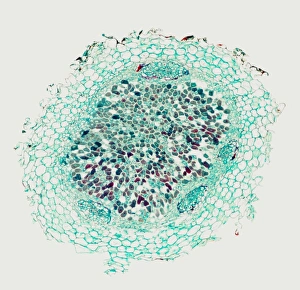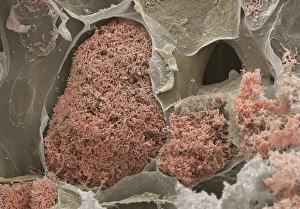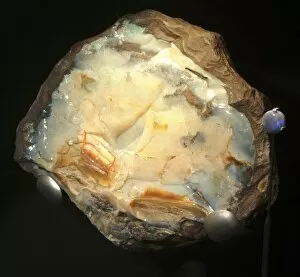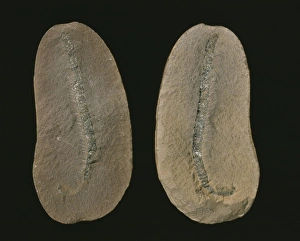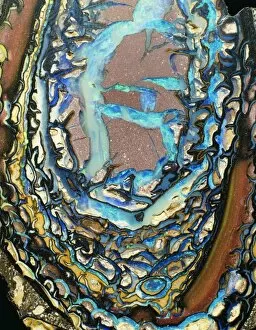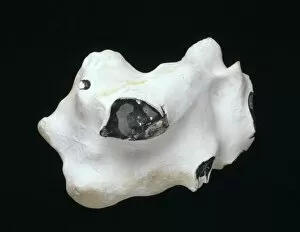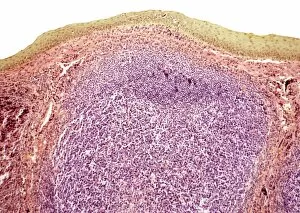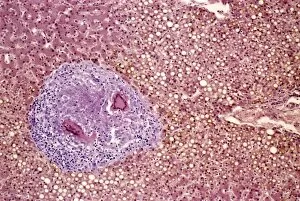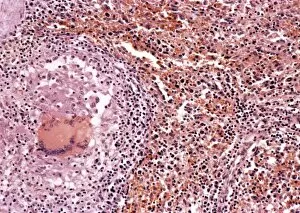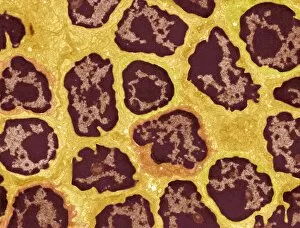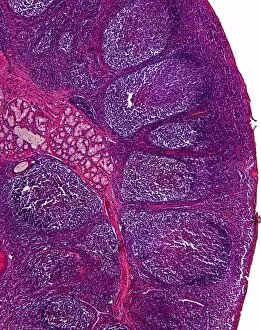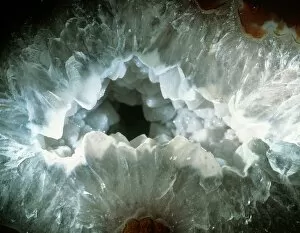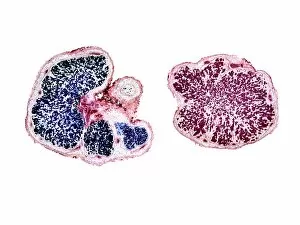Nodule Collection
In the quaint town of Buxton, England, lies a hidden treasure known as hematite nodules
All Professionally Made to Order for Quick Shipping
In the quaint town of Buxton, England, lies a hidden treasure known as hematite nodules. These mesmerizing formations are a sight to behold, with their deep red hues and intricate patterns. Agate nodules also grace this region, showcasing nature's artistic flair. But it is not just in Buxton where these fascinating they can be found. In far-flung corners of the world like Antarctica, they continue to captivate us. As humpback whales gracefully surface in the Southern Ocean off the Antarctic Peninsula, we catch glimpses of their majestic flukes breaking through the water's surface. Meanwhile, beneath our feet lie other remarkable discoveries waiting to be unearthed. Iron pyrite crystals shimmer on host rocks like fool's gold - a deceptive beauty that has fascinated many throughout history. And within claystone formations rests the enigmatic septarian concretion or septarian nodule - an ancient marvel formed by natural processes over millions of years. Not all nodules hold such geological wonders; some contain remnants from Earth's past. Pteridosperms preserved in ironstone nodules give us a glimpse into prehistoric plant life and its evolution over time. Yet not all nods go towards celebrating nature's splendor; some remind us of our mortality and vulnerability. Diseases like rodent ulcer and epithelioma manifest themselves on our skin as painful reminders that even our bodies can bear witness to struggle and decay. And then there are those rare treasures trapped within amber - tiny snapshots frozen in time for millennia - preserving fragments of ancient life forms forever etched within their golden embrace. Even cirrhosis of the liver finds its place among these diverse nods, reminding us that health too can falter amidst life's tapestry. From picturesque landscapes to microscopic worlds unseen by most eyes, nodules encompass both beauty and fragility alike. They serve as silent witnesses to Earth’s ever-changing story – each one holding secrets waiting to be discovered.


